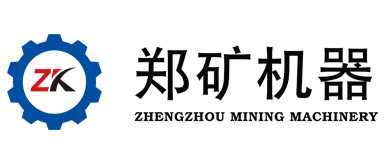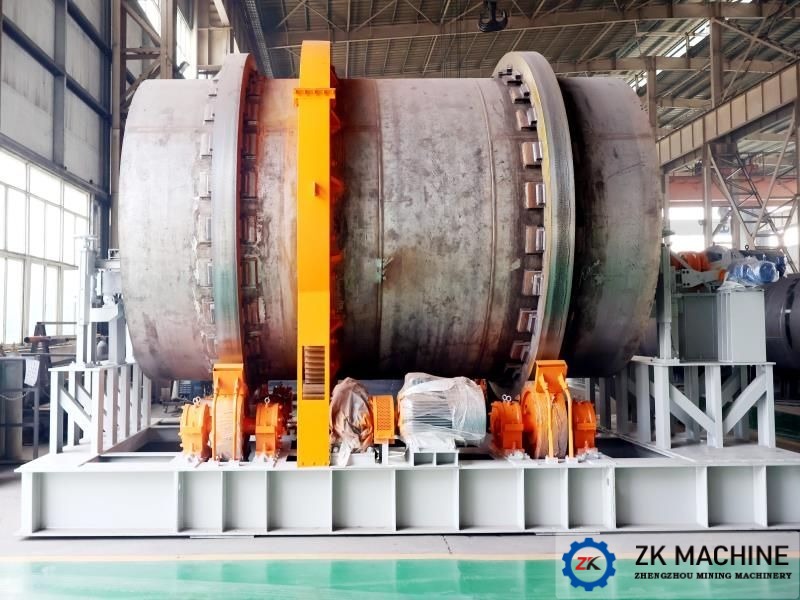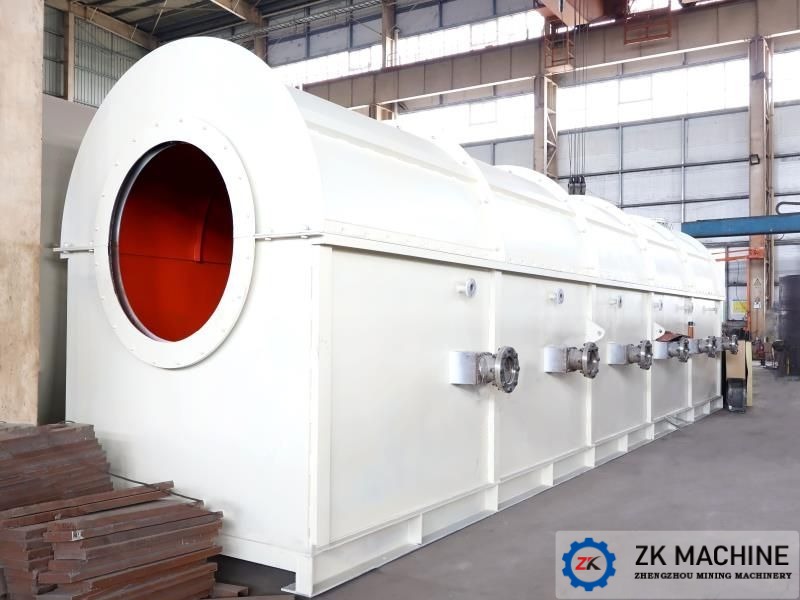It mainly consists of the following processes:
1. Mixing: Send several raw materials for making molecular sieves into the ribbon mixer according to the set ratio and mix them evenly. After mixing, they are sent to the buffer bin through a screw conveyor and a bucket elevator;
2. Granulation: After measurement by the spiral weighing scale installed under the cache bin, the material is sent to the granulator's spiral feed inlet through the bucket elevator, and the set water is added to the granulator through the water metering device. The material and water The granulator is fully contacted to form a ball. The inside of the granulator is equipped with a scraper and a rake device, which can prevent the material from bonding to the inner wall. The rake can effectively prevent the material from forming agglomerates. Part of the material formed by the granulator is sent to the two-stage vibrating screen for screening, and part is sent back to the granulator through the return belt conveyor and bucket elevator for recycling granulation;
3. Hardening: Qualified materials are hardened through the hardening cylinder to make the surface of the material more rounded and the quality of the finished product to be better;
4. Drying: Dry the shaped materials through a mesh belt dryer. Mesh belt drying is static drying, which can reduce the breakage of the material balls;
5. Calcining: The dried pellets are calcined through an externally heated rotary kiln. The externally heated rotary kiln avoids direct contact between the material and the hot flue gas, which can reduce pollution to the material;
6. Screening and packaging: The calcined materials are screened through a rotary vibrating screen and then sent to the finished product warehouse. There is a packaging machine under the warehouse, and the materials can be packaged into appropriate specifications through the packaging machine.
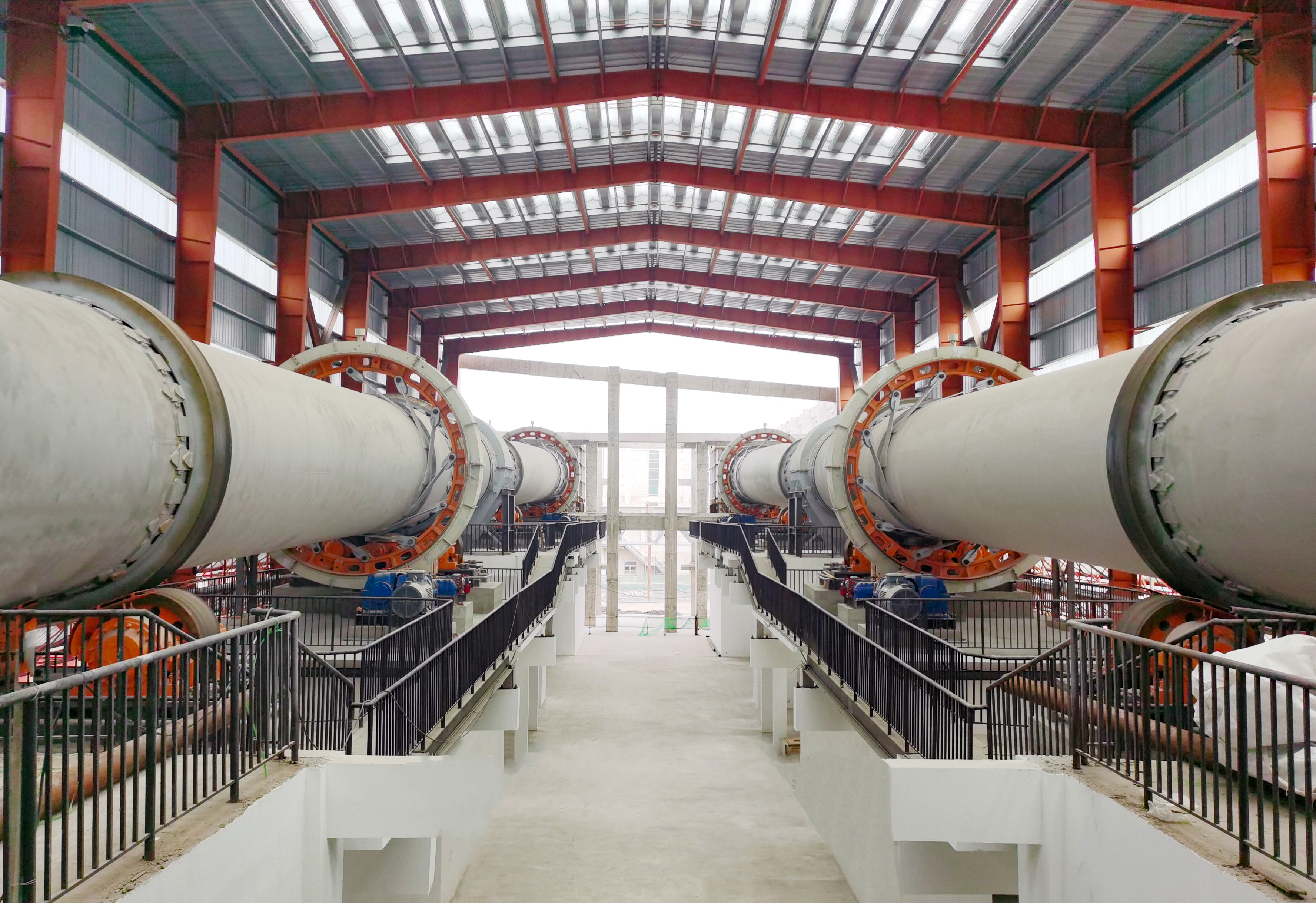 LECA PRODUCTION LINE
LECA PRODUCTION LINE
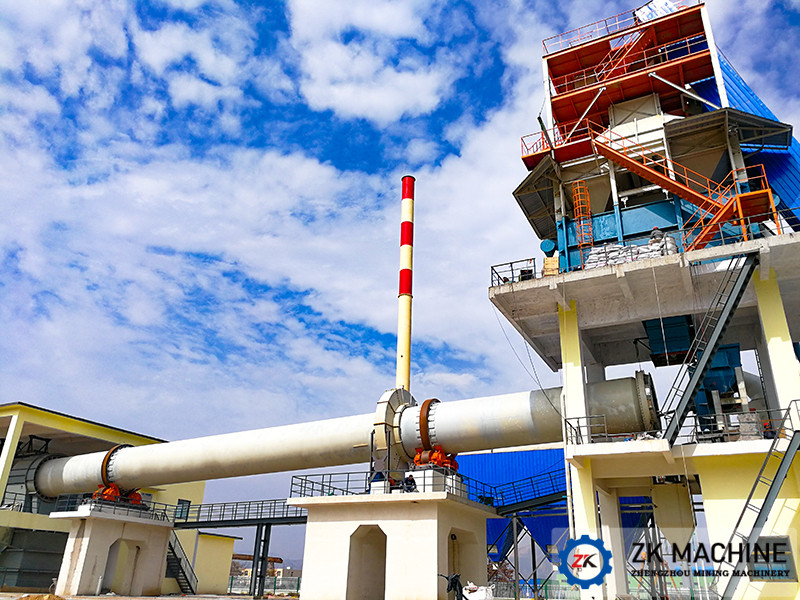 MAGNESIUM PRODUCTION LINE
MAGNESIUM PRODUCTION LINE
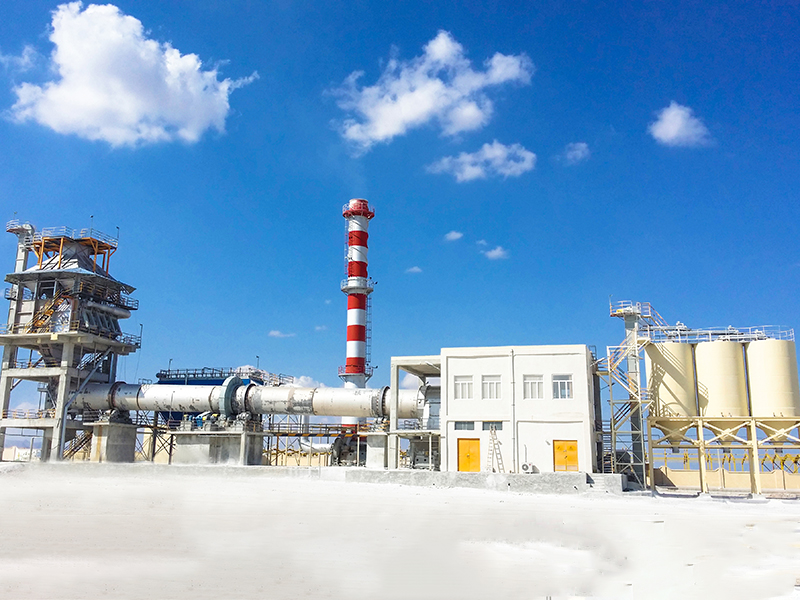 ACTIVE LIME PRODUCTION LINE
ACTIVE LIME PRODUCTION LINE
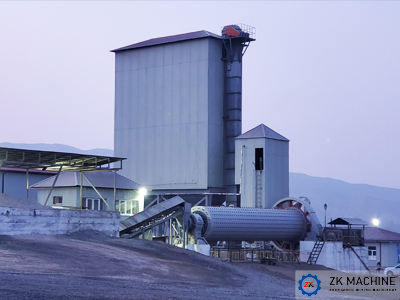 CEMENT GRINDING STATION
CEMENT GRINDING STATION
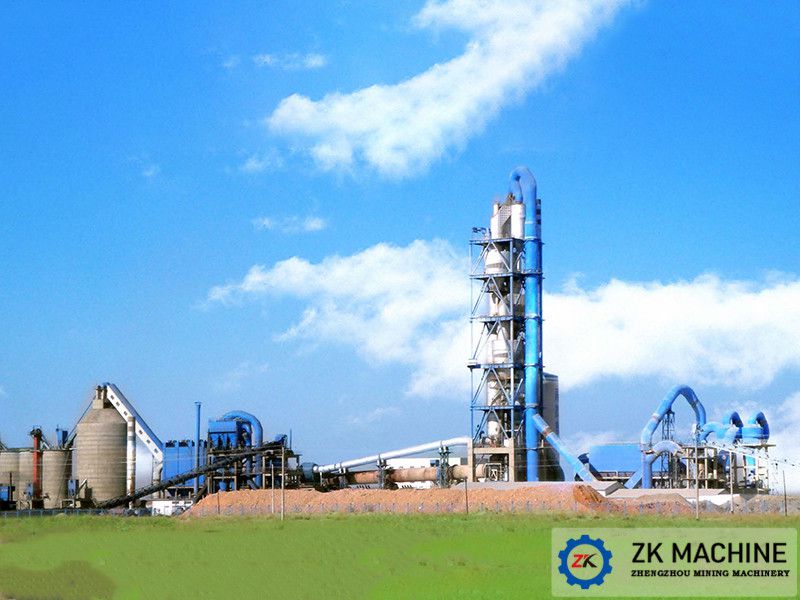 CEMENT PRODUCTION LINE
CEMENT PRODUCTION LINE
 LIME SLAKING PLANT
LIME SLAKING PLANT
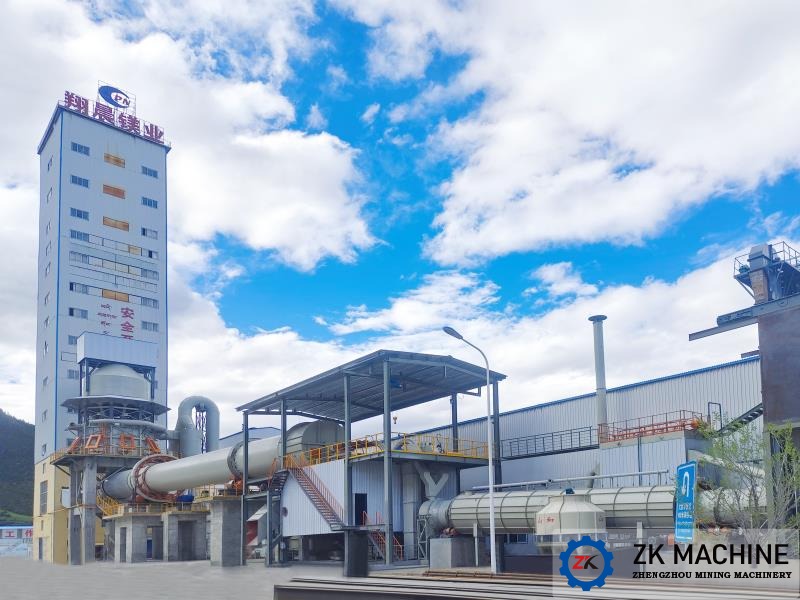 MAGNESIUM OXIDE (MgO) PLANT
MAGNESIUM OXIDE (MgO) PLANT
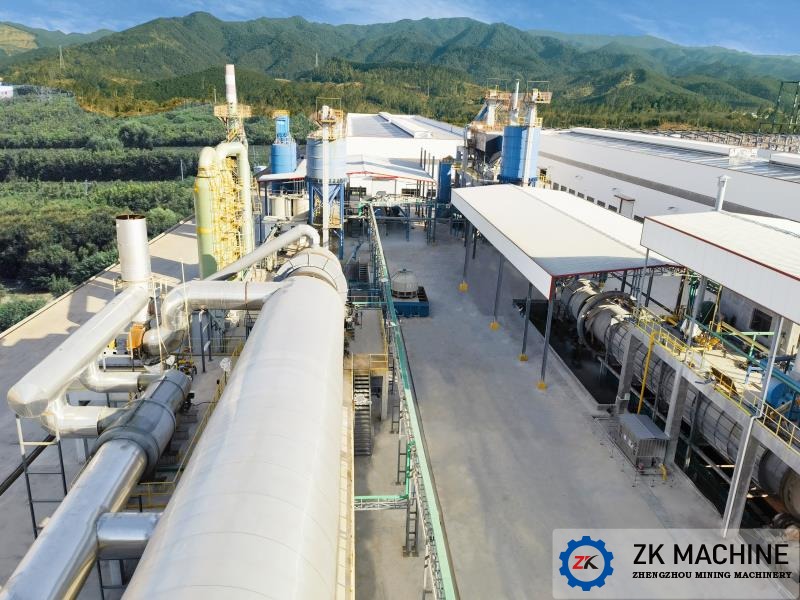 LITHIUM PRODUCTION LINE
LITHIUM PRODUCTION LINE
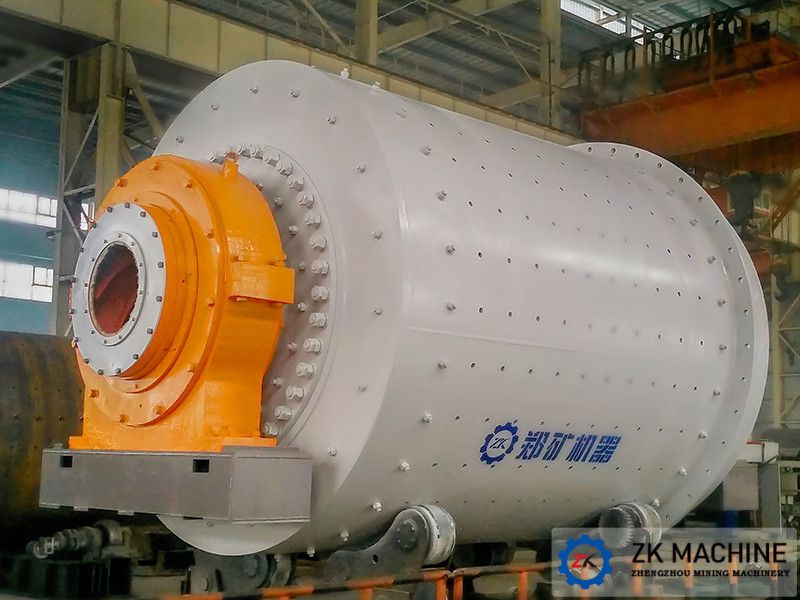 ORE DRESSING LINE
ORE DRESSING LINE
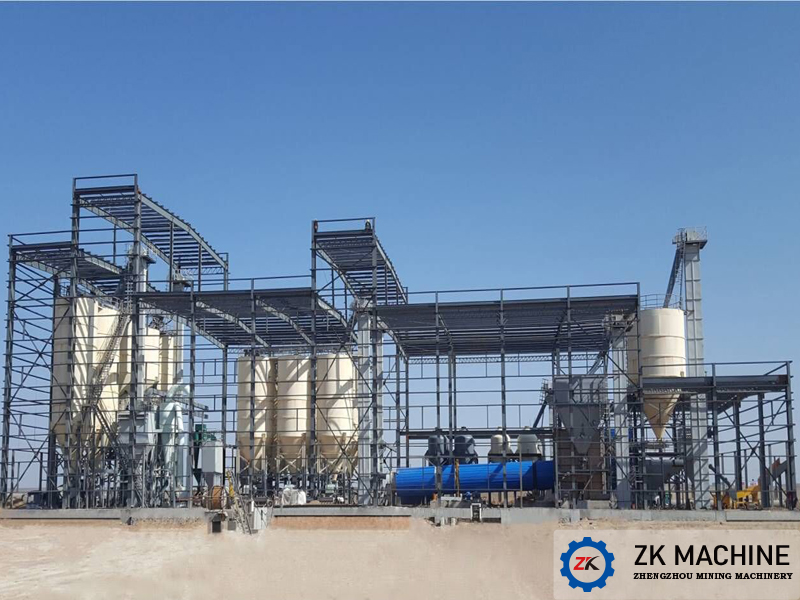 GYPSUM POWDER PRODUCTION LINE
GYPSUM POWDER PRODUCTION LINE
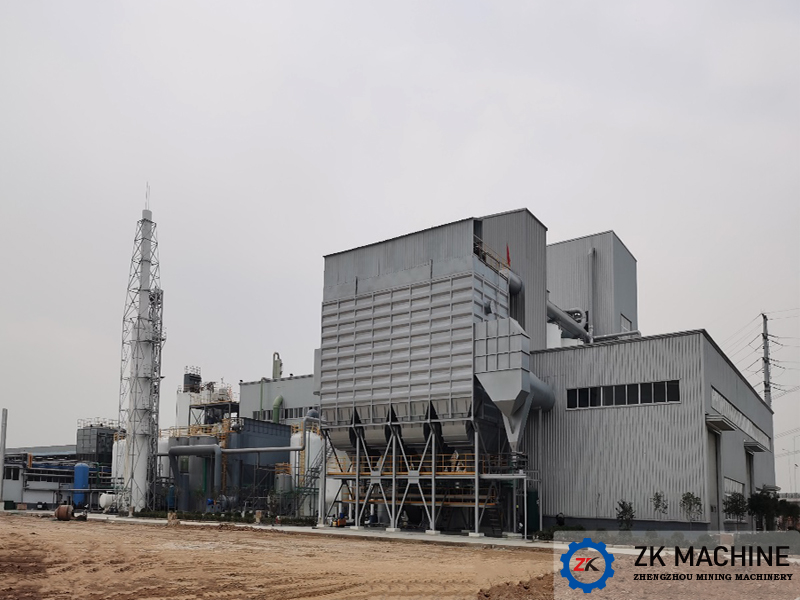 ALUMINUM ASH PROCESSING SYSTEM
ALUMINUM ASH PROCESSING SYSTEM
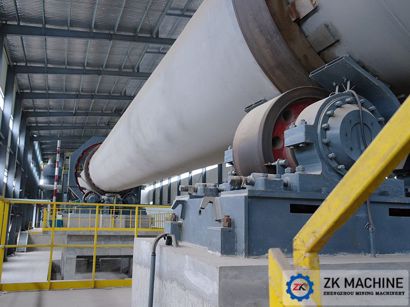 FRACTURING PROPPANT PRODUCTION LINE
FRACTURING PROPPANT PRODUCTION LINE
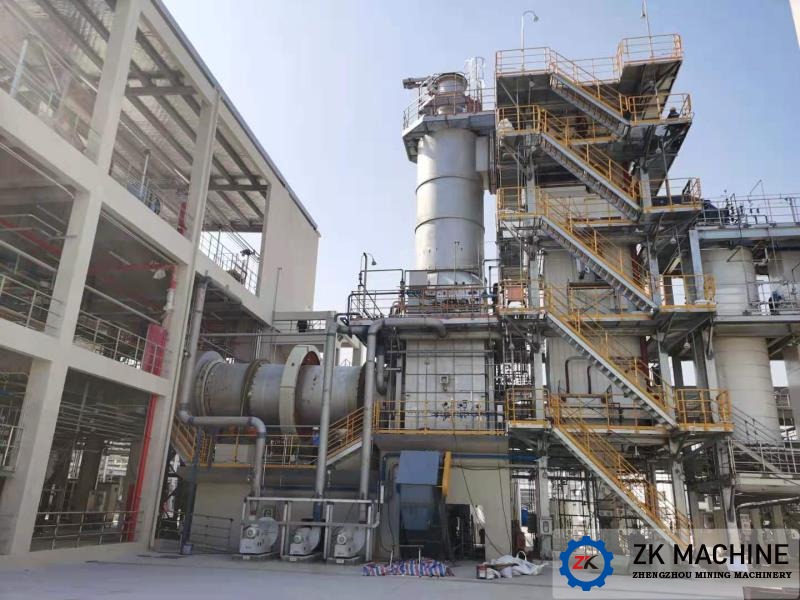 SOLID (HAZARDOUS) WASTE INCINERATION SYSTEM
SOLID (HAZARDOUS) WASTE INCINERATION SYSTEM
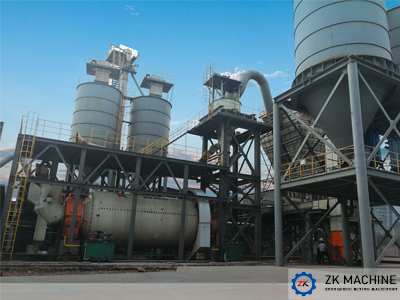 PULVERIZED COAL PREPARATION PRODUCTION LINE
PULVERIZED COAL PREPARATION PRODUCTION LINE
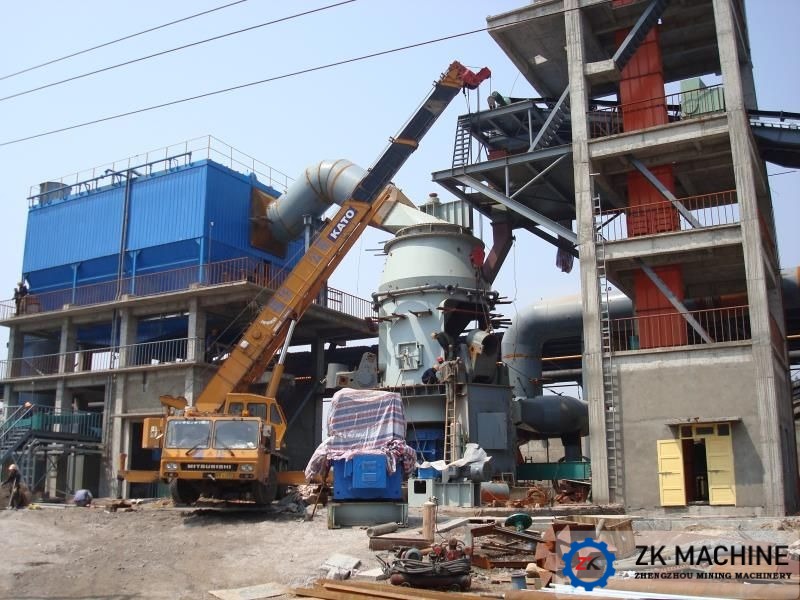 GGBS PRODUCTION LINE
GGBS PRODUCTION LINE
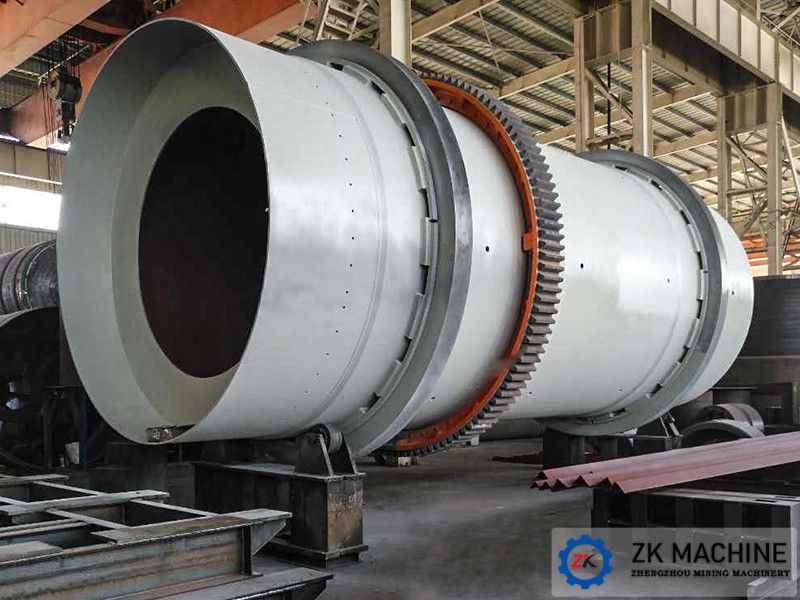 SUPERPHOSPHATE PRODUCTION LINE
SUPERPHOSPHATE PRODUCTION LINE
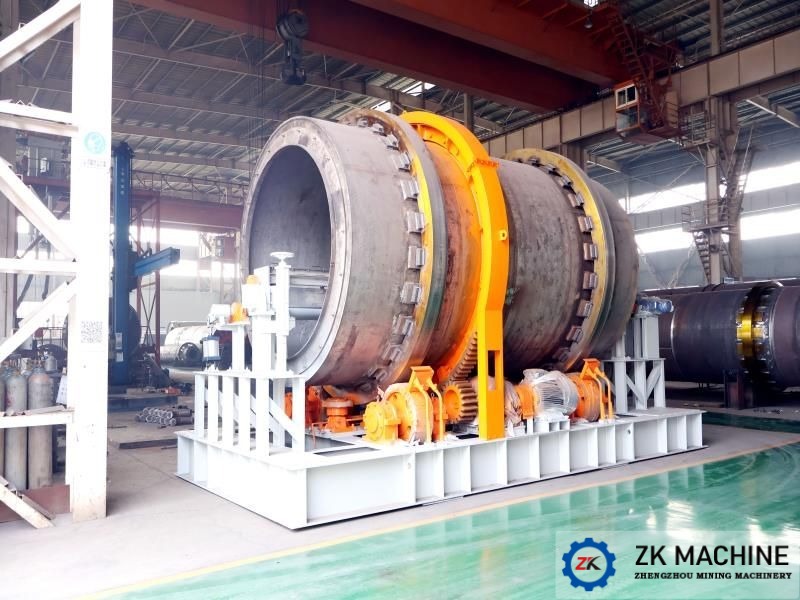 MOLECULAR SIEVE PRODUCTION LINE
MOLECULAR SIEVE PRODUCTION LINE
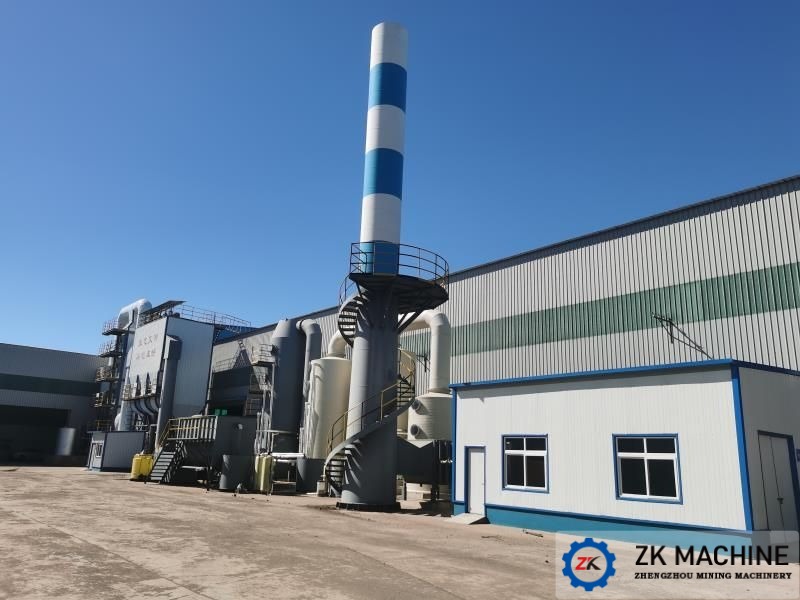 FLUE GAS PURIFICATION SYSTEM
FLUE GAS PURIFICATION SYSTEM
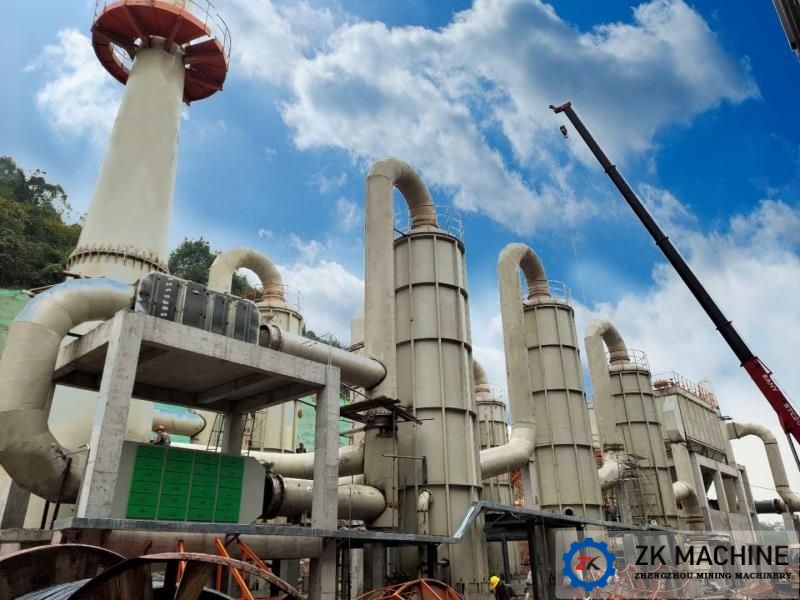 FGD SYSTEM
FGD SYSTEM
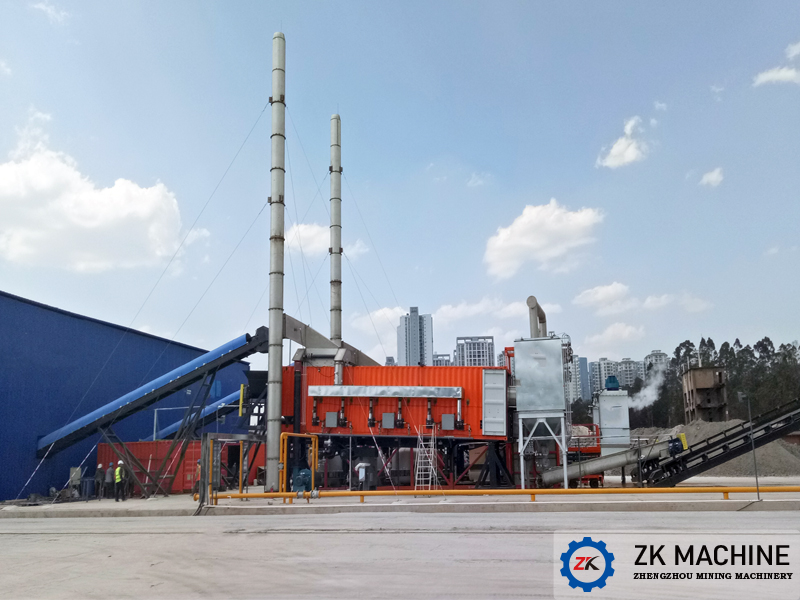 SOIL REMEDIATION SYSTEM
SOIL REMEDIATION SYSTEM
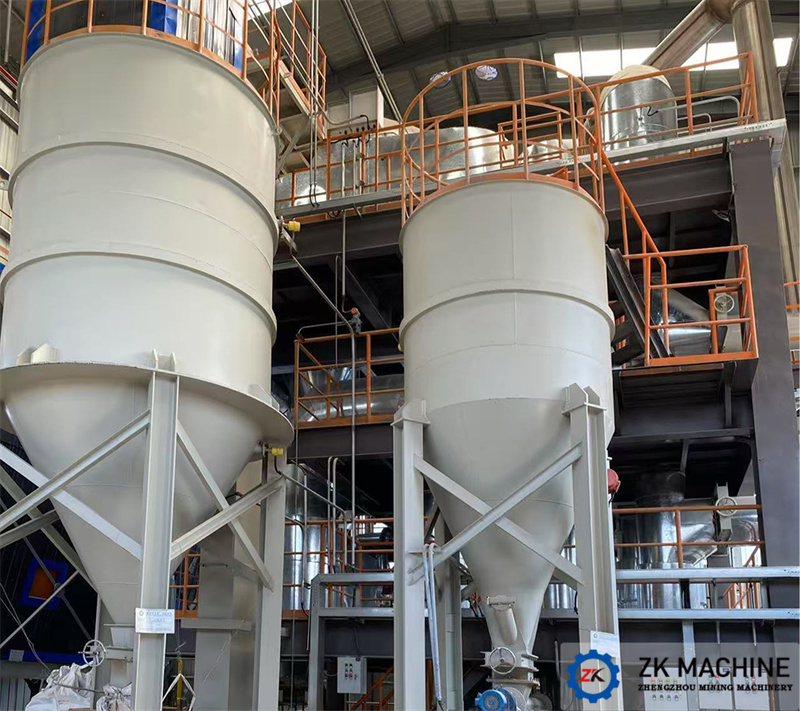 SUSPENSION ROSTING FURNACE TEST LINE
SUSPENSION ROSTING FURNACE TEST LINE
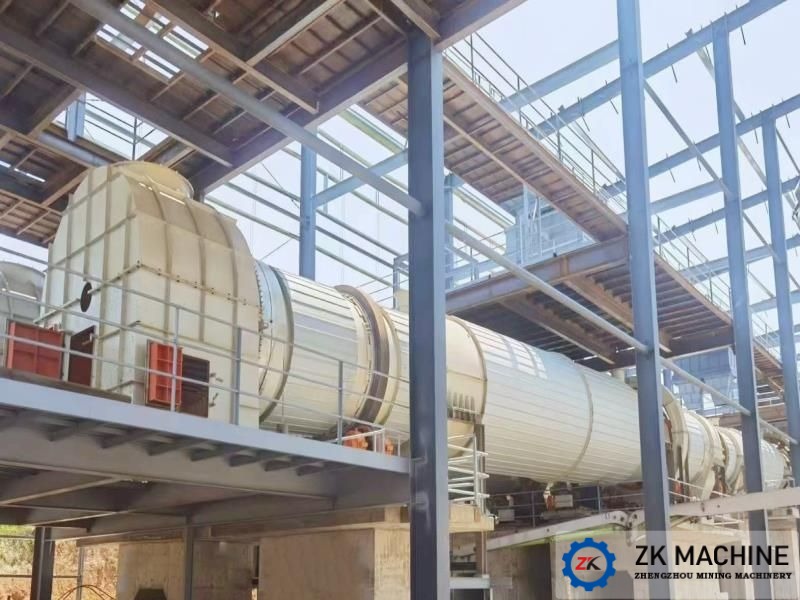 PHOSPHOGYPSUM DISPOSAL PRODUCTION LINE
PHOSPHOGYPSUM DISPOSAL PRODUCTION LINE
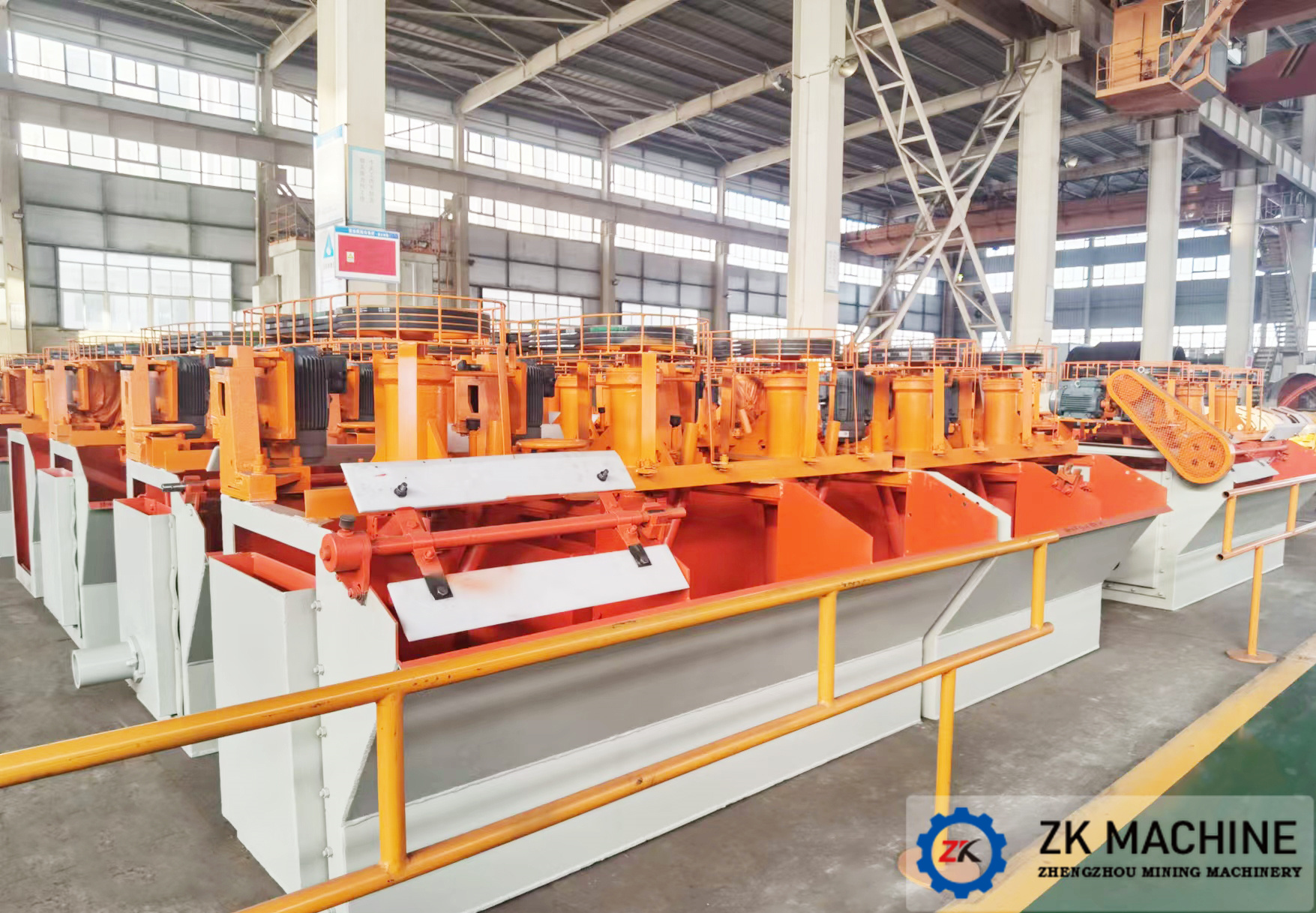 PHOSPHATE ORE DRESSING LINE
PHOSPHATE ORE DRESSING LINE
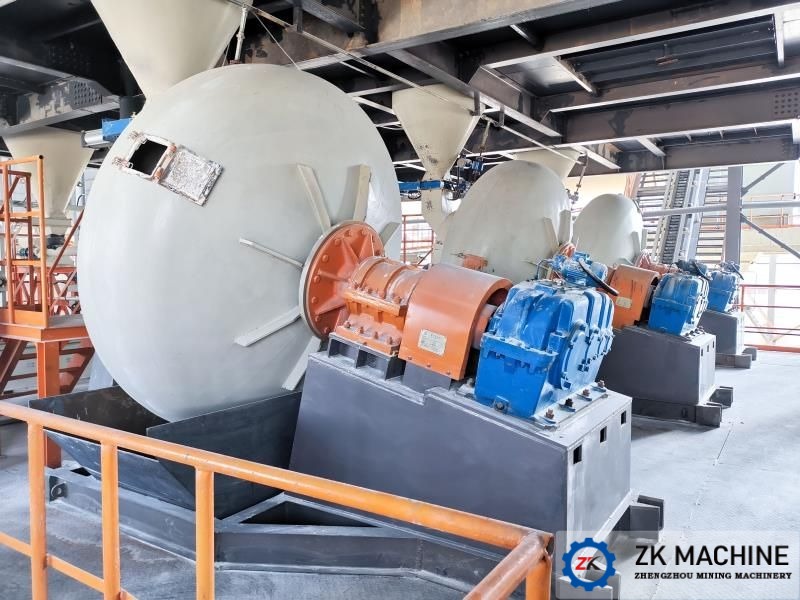 PHOSPHATE ORE PELLETIZATION PRODUCTION PROCESS
PHOSPHATE ORE PELLETIZATION PRODUCTION PROCESS
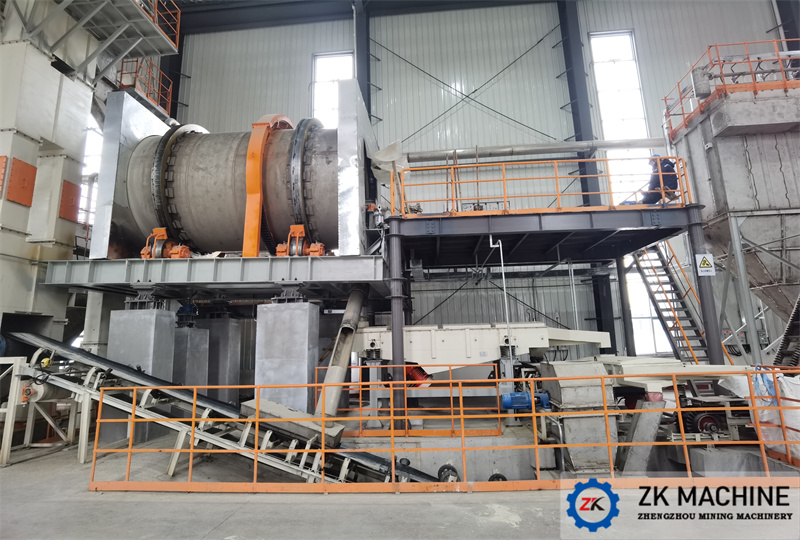 LITHIUM BATTERY RECYCLING LINE
LITHIUM BATTERY RECYCLING LINE
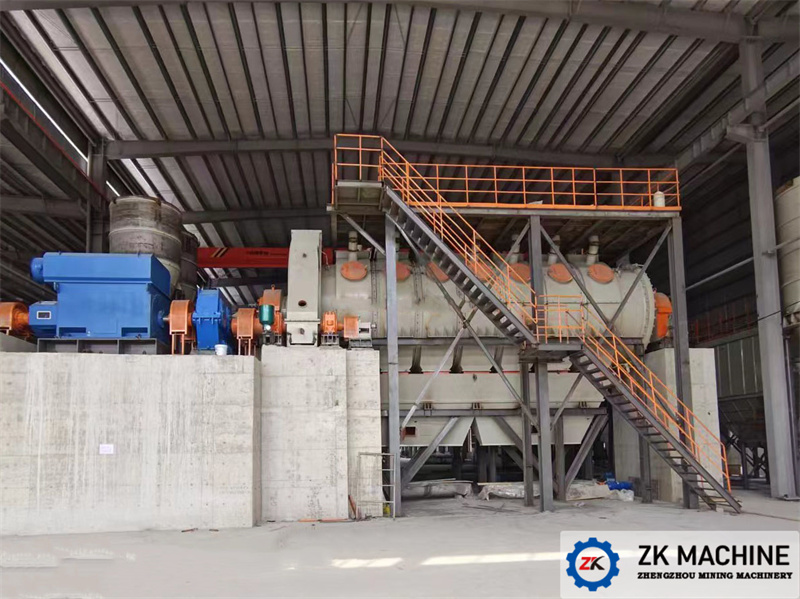 ALUMINA CALCINING LINE
ALUMINA CALCINING LINE
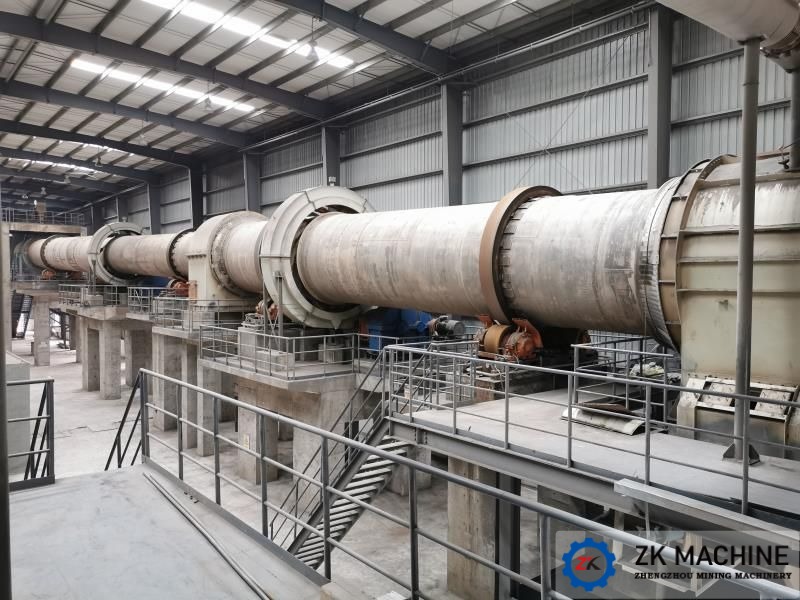 WASTE-COPROCESSED BUILDING MATERIAL MANUFACTURING
WASTE-COPROCESSED BUILDING MATERIAL MANUFACTURING
